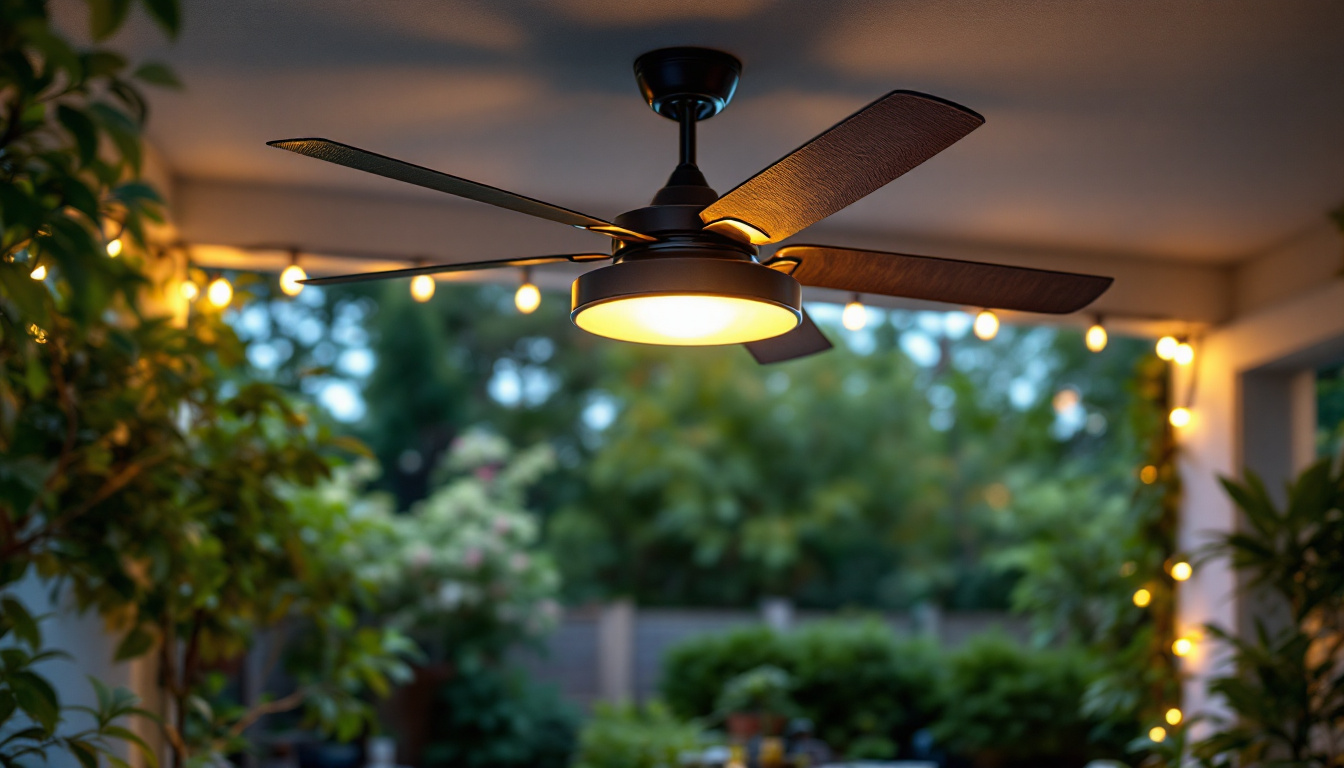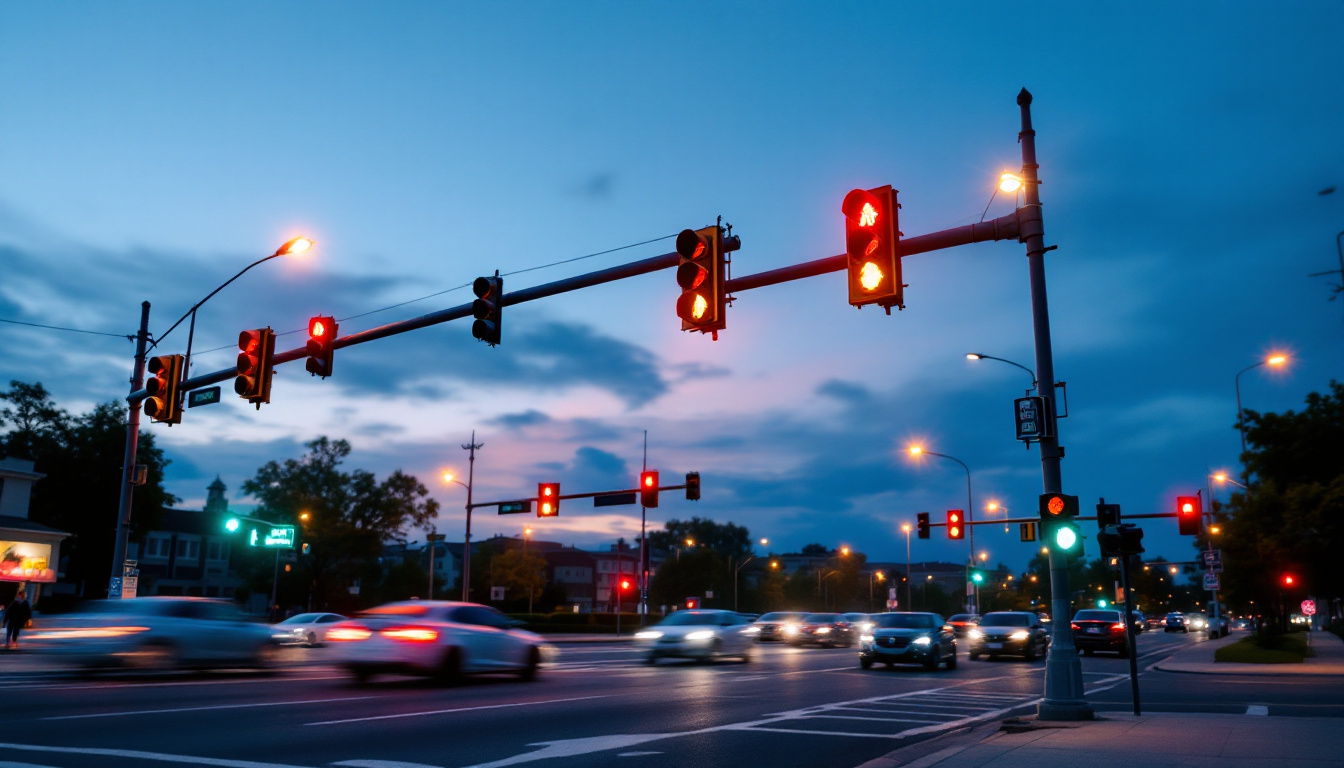
In the world of lighting installation, LED wrap lights have gained significant popularity due to their versatility and energy efficiency. However, lighting contractors must navigate various challenges to ensure successful installations. This article explores common issues associated with LED wrap lights and offers practical solutions to avoid them.
LED wrap lights are linear lighting fixtures designed to provide uniform illumination across a wide area. They are commonly used in commercial and residential settings, offering a sleek design that complements modern aesthetics. These lights are typically mounted on ceilings or walls and can be used in various applications, from retail spaces to office environments. The versatility of LED wrap lights allows them to be utilized in hallways, garages, and even kitchens, making them a favored choice for those looking to enhance both functionality and style in their lighting design.
One of the primary advantages of LED wrap lights is their energy efficiency. Compared to traditional fluorescent or incandescent lights, LEDs consume significantly less power, leading to lower energy bills. Additionally, they have a longer lifespan, which reduces the frequency of replacements and maintenance costs. This longevity not only contributes to cost savings but also minimizes the environmental impact associated with frequent bulb disposal.
Moreover, LED wrap lights provide excellent color rendering, enhancing the appearance of spaces. This feature is particularly beneficial in retail environments where product visibility is crucial. Their design also allows for easy installation and integration into existing lighting systems, making them a popular choice among contractors. With options for adjustable brightness and color temperature, users can customize their lighting to create the perfect ambiance, whether for a cozy home setting or a vibrant commercial space. Furthermore, many LED wrap lights are now equipped with smart technology, allowing for remote control and automation, which adds an extra layer of convenience and energy management.
Despite their advantages, contractors may encounter several challenges when installing LED wrap lights. These can include issues related to compatibility, wiring, and fixture placement. Understanding these challenges is essential for ensuring a smooth installation process. For instance, ensuring that the existing electrical infrastructure can support the new LED fixtures is crucial, as some older systems may require upgrades to accommodate the lower wattage and different voltage requirements of LED technology.
Additionally, achieving the desired light distribution can be tricky, especially in larger spaces where shadows may occur if fixtures are not strategically placed. Contractors must also consider the mounting height and angle to optimize the light spread and minimize glare. Proper planning and consultation with lighting designers can help mitigate these issues, ensuring that the installation not only meets safety standards but also enhances the overall aesthetic and functionality of the space.
One of the most common problems faced by lighting contractors is compatibility between LED wrap lights and existing electrical systems. Not all fixtures are designed to work with every type of wiring or dimming system, which can lead to performance issues.
Before installation, it is crucial to assess the existing electrical systems. Contractors should check the voltage and current ratings to ensure they match the specifications of the LED wrap lights. This step helps prevent flickering, buzzing, or even complete failure of the lights.
Additionally, understanding the dimming capabilities of the existing system is vital. Not all LED wrap lights are compatible with traditional dimmers, which may require the installation of specialized dimming systems. By conducting a thorough assessment, contractors can avoid compatibility issues that could lead to dissatisfaction for clients.
Selecting the appropriate LED wrap lights is another critical factor in avoiding issues. Contractors should consider the specific needs of each project, such as the desired brightness, color temperature, and design aesthetics. Consulting with manufacturers or suppliers can provide valuable insights into which fixtures are best suited for particular applications.
Furthermore, staying updated on the latest advancements in LED technology can help contractors make informed decisions. New products often come with improved features and compatibility options, which can enhance overall installation quality.
Proper wiring is essential for the successful installation of LED wrap lights. Incorrect wiring can lead to a host of problems, including short circuits, flickering lights, or even electrical hazards.
Contractors must adhere to local electrical codes and regulations during installation. These codes are designed to ensure safety and reliability in electrical systems. Familiarizing oneself with these regulations can help prevent costly mistakes and ensure compliance.
Additionally, using the correct gauge of wire is crucial. The wire gauge must be suitable for the load that the LED wrap lights will draw. Using wires that are too thin can lead to overheating and potential fire hazards, while wires that are too thick can be unnecessarily expensive and difficult to work with.
After completing the wiring, testing the connections before finalizing the installation is essential. This step can help identify any issues early on, allowing for prompt corrections. Using a multimeter to check voltage and continuity can ensure that the wiring is functioning correctly.
Moreover, ensuring that all connections are secure and properly insulated can prevent future problems. Loose or exposed wires can lead to short circuits or electrical shocks, posing risks to both contractors and clients.
The placement and design of LED wrap lights significantly impact their performance and effectiveness. Proper planning is essential to maximize the benefits of these fixtures.
When installing LED wrap lights, contractors should consider the layout of the space and the intended use of the lighting. For instance, in retail environments, lights should be positioned to highlight products effectively. In office settings, adequate illumination is necessary to reduce eye strain and enhance productivity.
Conducting a lighting audit can help determine the optimal placement of fixtures. This process involves assessing the existing lighting conditions and identifying areas that require additional illumination. By taking the time to plan the layout, contractors can ensure that the LED wrap lights provide the desired effect.
Aesthetics play a crucial role in lighting design. LED wrap lights come in various styles and finishes, allowing contractors to choose fixtures that complement the overall design of the space. Whether a sleek modern look or a more traditional style is desired, selecting the right fixtures can enhance the visual appeal of the environment.
Additionally, the color temperature of the LED wrap lights should align with the intended ambiance. Warmer tones can create a cozy atmosphere, while cooler tones may be more suitable for workspaces. Understanding the psychological effects of different lighting can guide contractors in making informed choices.
Even with careful planning and execution, issues may arise after the installation of LED wrap lights. Being prepared to address these problems can help contractors maintain their reputation and ensure client satisfaction.
One of the most common post-installation issues is flickering lights. This problem can be caused by several factors, including incompatible dimmers, loose connections, or voltage fluctuations. To resolve flickering, contractors should first check the compatibility of the dimmer switch with the LED fixtures. Upgrading to an LED-compatible dimmer can often solve the issue.
If the flickering persists, inspecting the wiring and connections is essential. Loose or damaged connections can disrupt the flow of electricity, leading to flickering. Ensuring that all connections are secure and properly insulated can help mitigate this issue.
Another common concern is uneven lighting, which can result from improper fixture placement or insufficient wattage. Contractors should assess the lighting distribution in the space to identify any areas that may require additional illumination. Adjusting the placement of fixtures or adding supplementary lights can help achieve a more uniform lighting effect.
Additionally, considering the use of reflectors or diffusers can enhance light distribution. These accessories can help soften harsh lighting and create a more balanced ambiance, improving the overall effectiveness of the LED wrap lights.
Proper maintenance is essential for ensuring the longevity and performance of LED wrap lights. Contractors should educate clients on the importance of regular maintenance to prevent issues down the line.
Dust and debris can accumulate on LED fixtures, diminishing their brightness and efficiency. Regular cleaning is crucial to maintain optimal performance. Contractors can recommend that clients use a soft cloth and mild cleaning solution to wipe down the fixtures periodically.
Additionally, ensuring that the surrounding areas are kept clean can prevent dust from settling on the lights. Educating clients on the importance of maintaining a clean environment can help prolong the life of the LED wrap lights.
Encouraging clients to monitor the performance of their LED wrap lights can help identify any issues early on. If lights begin to flicker, dim, or exhibit other unusual behavior, clients should be advised to contact their lighting contractor for assistance.
By fostering open communication and offering ongoing support, contractors can build strong relationships with clients and ensure their satisfaction with the installed lighting solutions.
LED wrap lights offer numerous benefits for lighting contractors and their clients, including energy efficiency, aesthetic appeal, and versatility. However, navigating the challenges associated with their installation requires careful planning and execution. By understanding compatibility issues, wiring considerations, fixture placement, and post-installation troubleshooting, contractors can avoid common pitfalls and deliver high-quality lighting solutions.
Ultimately, maintaining open communication with clients and providing ongoing support can enhance the overall experience and ensure lasting satisfaction. As the demand for LED lighting continues to grow, contractors who prioritize these best practices will be well-positioned for success in the ever-evolving lighting industry.
Ready to elevate your lighting installations with the efficiency and elegance of LED wrap lights? At LumenWholesale, we provide lighting contractors like you with the highest quality, spec-grade lighting products at prices that can’t be beaten. Say goodbye to local distributor markups and hello to our extensive selection that meets rigorous industry standards. With free shipping on bulk orders, you can stock up on premium lighting solutions and enjoy the best value without any hidden costs. Don’t compromise on quality or price. Wholesale Lighting at the Best Value is just a click away. Transform your lighting projects with LumenWholesale today.

Discover the latest trends in 4-inch recessed can lights that every lighting contractor should know.

Discover the top benefits of metal outdoor ceiling fans for lighting contractors.

Discover the intricate workings of stop lights and their significance for lighting contractors.

Discover the transformative power of LED light bulbs in street lighting design.